Hyehwa1938 / 혜화1938
1.5Km 2025-08-12
7, Sungkyunkwan-ro 16-gil, Jongno-gu, Seoul
+82-10-7107-1752
Located in (no suggestions)-dong of Seoul, Hyehwa 1938 is a lodging facility which is based on the remodeling of an 80-year- old traditional Korean house. A traditional Korean house expert initially wanted to use it as an office but later decided to turn it into a guest house due to its large size. As a result, the unique beauty of traditional Korean house was revived while improving practicality. The Woojeong room and Sarang room are now resized to accommodate max 8 persons which used to be only max 4 in the past. Despite the remodeling, the aura and atmosphere of the traditional Korean house is well preserved. Inside the room, you can see that the chandelier of the rich house in the '30s are accompanied by modern furniture and electronics which maintain unique harmony. Open the windows to see sansuyu and maehwa along with other various seasonal trees with beautiful colors and also the space such as edges and sewers are well arranged to avoid any discomforts with your eyesight. The heart of architecture offers only two rooms for guests, and you are all welcome to enjoy the true beauty of Korea.
Centro Cultural Sejong (세종문화회관)
1.5Km 2023-10-30
Sejong-daero 175, Jongno-gu, Seúl
El Centro Cultural Sejong fue construido en 1978 en Gwanghwamun. Tiene un teatro grande, un teatro pequeño, una galería de arte y otros lugares para albergar varias clases de actuaciones y exhibiciones. El teatro grande del Centro Sejong, su escaparate principal, tiene el mayor órgano de tubos de Asia, y un escenario majestuoso. Puede alojar a 3.822 personas, y su escenario puede transformarse para ajustarse a muchas clases de actuaciones diferentes, como conciertos, obras, ballets y películas, para acentuar sus mejores cualidades. El sistema de iluminación y sonido del escenario, digno de los teatros más grandes, están controlados por ordenador para un control de precisión. El teatro pequeño puede alojar a 442 personas en sus dos pisos, y el escenario es muy grande, considerando el tamaño del teatro pequeño –unas 100 personas pueden estar en el escenario al mismo tiempo-. La galería de arte del Centro Sejong está compuesta en realidad por tres galerías, una en el edificio principal, otra en el edificio anexo y otra más en la sección del Centro añadida recientemente. Las tres son lugares de exhibición vanguardistas. También hay una tienda de arte, salas de conferencias para artistas y muchas salas espaciosas en donde puede relajarse. Incluso si no está aquí para ver ninguna exposición, es un lugar que vale la pena recorrer.
Gwanghwamun Hanokjip (광화문한옥집)
1.6Km 2025-07-18
7, Saemunanro 5ga-gil, Jongno-gu, Seoul
Ilpumdang Premium (일품당프리미엄)
1.6Km 2025-07-18
7, Saemunan-ro, 5ga-gil, Jongno-gu, Seoul
A shabu-shabu specialty restaurant located in Gwanghwamun Gate, Seoul. A store with rooms. The most famous menu is shabu-shabu.
Festival del Amanecer del Monte Inwangsan en Jongno-gu (종로구 인왕산 해맞이 축제)
1.6Km 2024-12-31
Cheongun-dong, Jongno-gu, Seúl.
02-2148-5002
** El festival ha sido cancelado. **
LoL Park (롤파크)
1.6Km 2024-04-23
Jongno-ro 33, Jongno-gu, Seúl
Biblioteca Literaria Cheongun (청운문학도서관)
1.6Km 2023-08-17
Jahamun-ro 36-gil 40, Jongno-gu, Seúl
Suyeonsanbang (수연산방)
1.6Km 2024-07-19
8, Seongbuk-ro 26-gil, Seongbuk-gu, Seoul
Suyeonsanbang, a traditional Korean tea house located in Seongbuk-dong, was originally the house where the late Korean author Lee Tae-Jun wrote many of his books. Now, his estate has opened Suyeonsanbang’s doors to the public in the form of a charming and peaceful tea house. Famous for its savory tea, beautiful nature, and rich history, Suyeonsanbang has been covered by a variety of foreign media outlets like NHK (Japan), BBC (UK), French TV channels, and numerous Japanese magazines. To take a break during the summer heat, visitors come to Suyeonsanbang to try their patbingsu (shaved ice with red beans), one of its summer specialties. So come relax and be inspired in this traditional Hanok tea house.
Chosochaekbang Deosup del Monte Inwangsan (인왕산 더숲 초소책방)
1.6Km 2025-04-18
Inwangsan-ro 172, Jongno-gu, Seúl
Librería Kyobo (교보문고)
1.6Km 2021-04-22
Jong-ro 1, Jongno-gu, Seúl.
La librería Kyobo es una librería emblemática de Corea. Se encuentran clasificados por temas aproximadamente 2,3 millones de libros para que todos puedan encontrar el libro que necesitan con facilidad. Este lugar está siempre lleno de gente leyendo y buscando libros. Los fines de semana, personas de todas las edades visitan este lugar. Siendo la librería más grande de Corea, también realiza varios eventos, uno de ellos es el encuentro del público con los autores del “libro del mes”. La librería Kyobo también cuenta con una tienda de productos con personajes animados, una disquería donde podrá comprar y escuchar sus discos favoritos y tienda de artículos de escritorio donde encontrará todo lo que necesita. La sección de libros extranjeros es muy popular, ya que se encuentran variadades de libros escritos en muchos idiomas y puede hacer pedidos de libros que no estén disponibles en el momento.
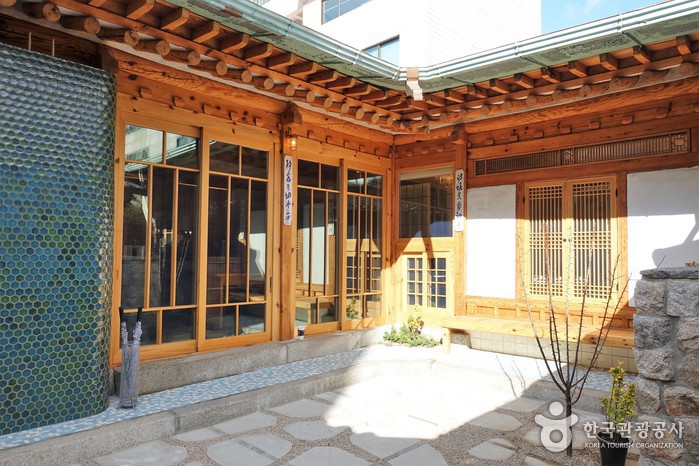
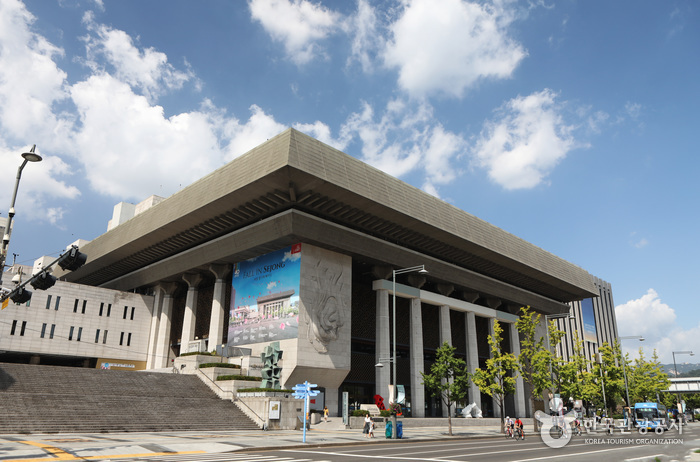

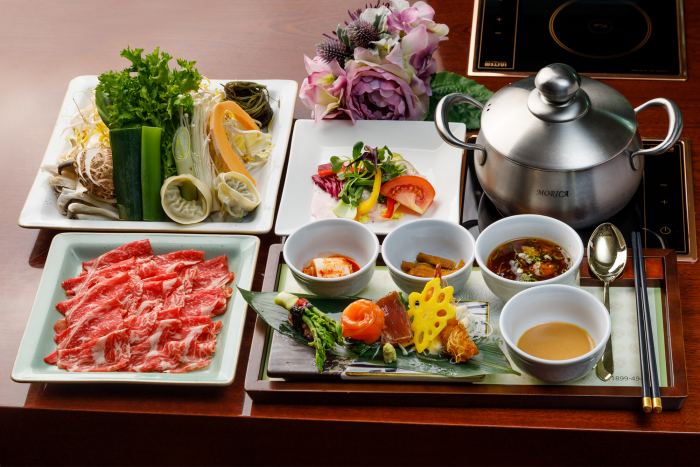
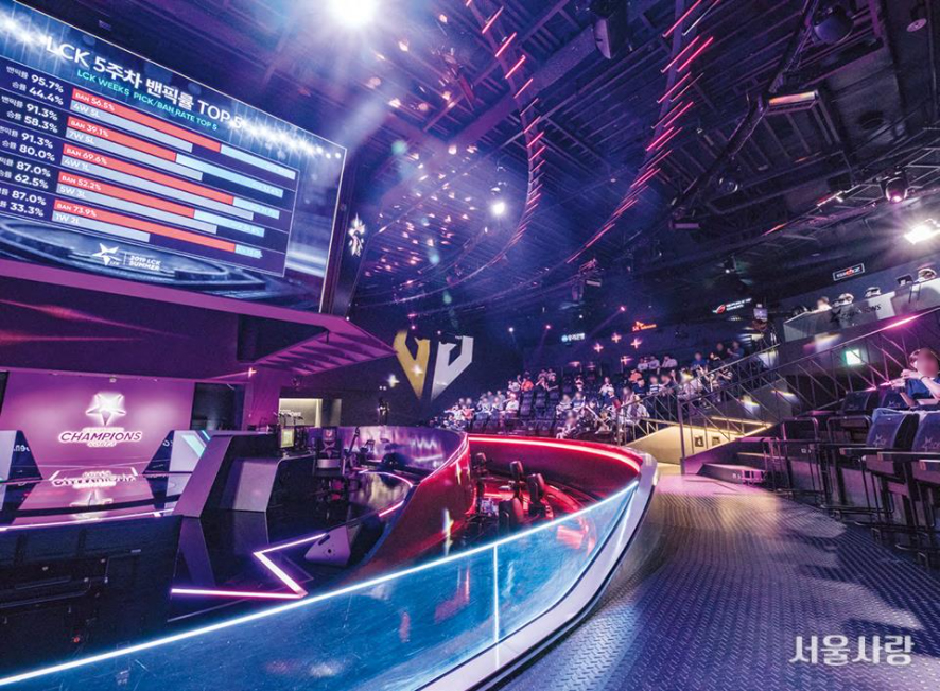

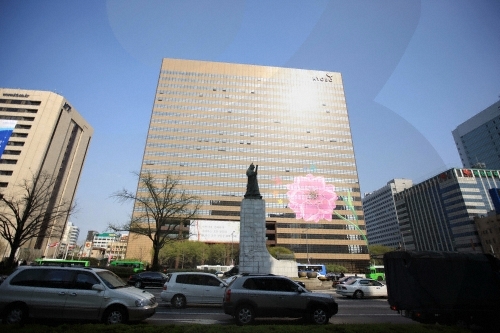
 Español
Español
 한국어
한국어 English
English 日本語
日本語 中文(简体)
中文(简体) Deutsch
Deutsch Français
Français Русский
Русский